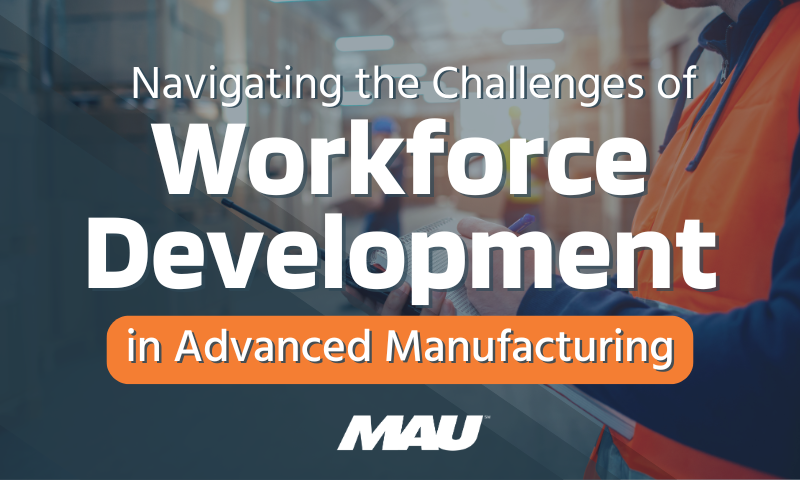Most companies state that their workforce is their most valuable asset. However, sometimes our words and our actions do not always match.
One of my favorite ways to check the pulse of any organization that I have been a part of is the use of employee perception surveys. These are sometimes referred to as Satisfaction Surveys or Engagement Surveys. Below, I have outlined some tips from my experience in working with these important instruments.
If you are planning to conduct a survey with your workforce this year, consider the following when planning the process out:
Satisfaction or Engagement?
Which are you really trying to assess? I suggest engagement.
Satisfied or happy employees are not necessarily productive and competent employees. If you instead focus on engagement (defined as the degree of likeliness that an employee will give discretionary effort in their work), you will be much more likely to make meaningful improvements with the feedback received. These improvements can help drive bottom-line results in your business.
Simplicity is the best policy.
In our connected world, we are all fixated on numbers, facts and figures. When it comes to Employee Surveys, less is more.
I suggest administering a survey instrument that the respondent finds simple and efficient. Of course on-line tools are very prevalent today, and they make for much easier data manipulation and sorting. Try to ensure that the survey can be completed in 10 minutes or less. If your organization uses surveys with 30 + questions, then I would challenge you to consider if you have thought enough about the factors that your employees care about.
Measure Importance.
After asking for feedback on the most important aspects of the employer/employee relationship, a good practice is to ask employees to rate which of those aspects are really most important to them. The benefit of this practice is that it helps leaders focus their improvement efforts around the topics that can provide the most significant return.
Act fast!
Providing rapid feedback to survey participants is critical. When leaders are slow to share results or seem hesitant to share results, it erodes trust in an organization. I suggest using a “dialogue” format when presenting results to your teams. Ask questions to seek a better understanding of the results. Be comfortable with vulnerability – particularly when the results are not “glowing”.
Involve Employees in the Improvement Measures.
I strongly recommend involving improvement teams or steering committees that include employees from all levels of your organization. Not only does this promote diversity in thought and perspective, but also helps to build trust within your team. An added benefit of this approach is that when you involve employees at the working level of your firm, you have immediately gained an improvement in internal communications and recognition of the importance that you place on Associate Engagement.
If you’re looking to truly improve your employee engagement this year, launch a survey and consider these items when you do. Your organization can only become greater from your efforts.
If you would like to discuss these suggestions or any other Human Resources topics, contact us today.
{{cta(’32ed93d0-9940-46e5-a86a-e8dd7ddf527a’,’justifycenter’)}}




